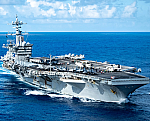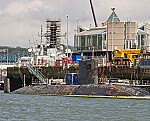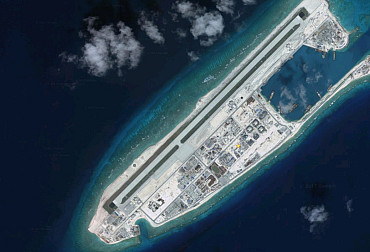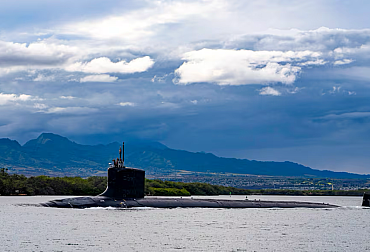U.S. Extends deployment of two aircraft carriers in Middle East amid rising tensions
In a significant show of military force and commitment to regional stability, the U.S. Department of Defense has announced the extension of the deployment of two aircraft carriers, the Theodore Roosevelt and the Abraham Lincoln, in the Middle East. This decision comes in the wake of a largely unsuccessful attack by the Iran-backed Lebanese Hezbollah on Israel over the weekend, underscoring the potential for escalating conflict in a region already fraught with tensions.
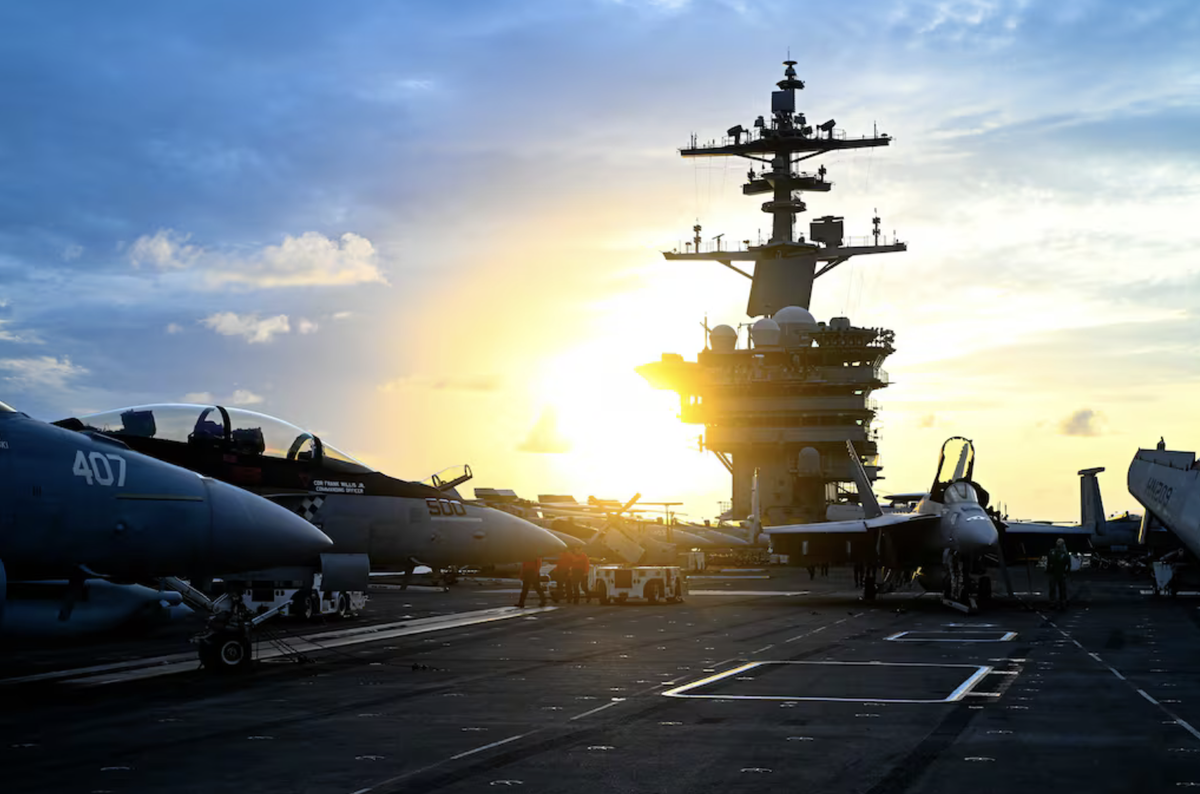
Deployment and strategic positioning
The Theodore Roosevelt arrived in the Middle East in early July, replacing the carrier Dwight D. Eisenhower, whose deployment had been extended multiple times earlier this summer. This strategic move was designed to maintain a continuous U.S. naval presence in the region. The Abraham Lincoln, the second carrier now positioned in the Middle East, entered the area last week, bolstering U.S. Central Command’s (CENTCOM) capacity to respond to potential threats.
The decision to keep both carriers in the region signals a robust U.S. commitment to deterring further aggression and maintaining a ready posture in the face of rising regional tensions. The extended presence of these carriers and their accompanying warships provides a formidable force capable of responding to a range of military contingencies.
Heightened regional tensions
The move to extend the deployment of the carriers comes amid escalating tensions following recent military actions in the region. In late July, Israel conducted two significant strikes: one in Lebanon's capital, Beirut, in retaliation for an earlier attack from Hezbollah, and another in Tehran, which resulted in the death of a political leader of Hamas. These strikes significantly heightened regional tensions, with many bracing for retaliatory actions from Hezbollah and Iran.
The anticipated retaliation began over the weekend with an attack involving over 230 rockets fired from Lebanon, as reported by the Israeli military. While the attack was largely thwarted by preemptive strikes from Israel, the exchange of hostilities underscored the volatile situation and the potential for further escalation.
U.S. Military response and deterrence
In response to these developments, the Pentagon has not only extended the deployment of the Theodore Roosevelt but also moved additional military assets into the region. This includes another fighter jet squadron and various other military resources. The USS Georgia, a ballistic missile submarine, is also en route to CENTCOM, adding to the U.S.'s considerable military footprint in the area.
Secretary of Defense Lloyd Austin, in a statement over the weekend, highlighted the rationale behind the extended deployments, emphasizing the need to provide a strong deterrent presence. Pentagon Press Secretary Air Force Maj. Gen. Pat Ryder further elaborated on the strategic calculus during a press briefing, noting that the increased U.S. military presence sends a clear message to all regional actors about the seriousness of U.S. commitments to Israel's defense.
“I think that the additional forces in the theater send a very clear message to all actors in the region that we’re serious when it comes to supporting the defense of Israel,” Ryder stated. He further clarified that while the U.S. had assisted Israel in identifying incoming rockets from Hezbollah, it had not participated directly in Israel’s preemptive strikes in Lebanon. He affirmed that Israel did not require kinetic support, but the U.S. remains prepared to assist in defense as needed.
Assessing the threat landscape
Despite the initial de-escalation signals from both sides following the recent rocket attacks, the U.S. military remains vigilant. Ryder emphasized that the threat of further attacks, particularly from Iran, continues to be a concern. “We continue to assess that there is a threat of attack from Iran,” Ryder said, reflecting ongoing U.S. concerns over Iran's potential role in regional destabilization efforts.
The extension of the deployment of two aircraft carriers, along with other military assets, represents a strategic effort to deter further hostilities and maintain stability in a region where the risk of a broader conflict remains ever-present. The U.S. aims to provide a stabilizing presence, ready to respond to any provocations or threats that may arise in this volatile and strategically critical area.
Conclusion
The Pentagon’s decision to keep two aircraft carriers in the Middle East underscores the seriousness with which the U.S. views the current security situation. With heightened tensions following recent Israeli strikes and Hezbollah’s retaliatory attacks, the extended deployment of the Theodore Roosevelt and Abraham Lincoln, along with additional military assets, serves as a clear signal of U.S. resolve. As the region braces for potential further escalations, the U.S. military's robust presence aims to deter aggression, support allies, and maintain regional stability in an increasingly uncertain environment.





